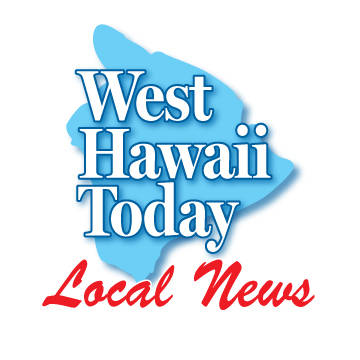Affordable housing proposed for Waikoloa Village
KAILUA-KONA — A partnership between a California-based company and a Hawaii nonprofit both dedicated to developing affordable housing options is aiming to bring 60 rental units to Waikoloa Village.
Developers expect to kick off construction in November and finish in the first quarter of 2021.
“Hawaii has a great need,” said James Rock, senior development manager with Urban Housing Communities, a California-based company focused on developing affordable housing in both California and Hawaii. “And our missions, both for Ikaika Ohana and Urban Housing Communities, are to provide housing — kind of a cornerstone of family and healthy community.”
The company’s properties include Kamana Apartments, Riverside Apartments and E Komo Mai Apartments in Hilo as well as a 48-unit property on Oahu and 120-unit property under construction on Maui.
Through its partnership with the nonprofit Ikaika Ohana — an affordable housing developer, social service coordinator and asset management company — the planned Waikoloa project, named Kaiaulu o Waikoloa, would put 60 rental units on 4.6 acres in Waikoloa Village. That would include 28 two-bedroom units, about 25 three-bedroom units and about seven four-bedroom units. It would also include a community center and at least 75 parking stalls.
The units will target low-income households earning less than 60 percent of the county’s area median income.
Under the state’s 2018 income schedule for Hawaii County, that figure would be $47,100 for a family of four.
“When completed, these multi-family apartment homes will bring desperately needed affordable workforce housing to the larger Waikoloa Village development,” states a description of the project on Ikaika Ohana’s website.
That website also says social services would be offered through community partnerships at the community center and will be scaled “for convenient after school/after work social service programming for our residents and the broader community.”
Kohala Councilman Tim Richards said the affordable housing Kaiaulu o Waikoloa would provide is desperately needed, pointing to the skyrocketing costs of housing that leaves the region short on affordable rentals and home purchases for the region’s young families.
By bringing housing opportunities closer to where jobs are in West Hawaii, he said, that’s good for everybody.
The land in question is located just off Pua Melia Street, which loops just south of Waikoloa Road and intersects that road to become Paniolo Avenue.
“Waikoloa’s a growing community,” Rock said. “It needs affordable housing.”
At the time of a 2016 market study, there were about 8,237 people living in 2,980 households within a 19-square-mile area next to the project site.
In that same area, referred to as the primary market area, the median income was $74,260, slightly higher than the median household income for Waikoloa Village and about $7,400 more than the $66,875 median household income across the county.
That same report also said there were 5,689 housing units in that area, the majority of them being single family homes. And while more than 3,000 of the housing units were vacant, according to the environmental assessment, only about 500 were vacant and available for rent or purchase by local residents.
Nearly all the remaining other units are vacant for migrant workers; seasonal, recreational or occasional use or vacant for some other reason.
At the time of the market study, the median home value was $428,880, which increased to $469,900 by 2018.
Rock said the project represents new opportunity for people in the market to have a new home at an affordable rate.
“We’re very happy for people to be long-term residents, to be a part of the community,” he said. “And we want it to be a place where people can grow, give them a chance that they’re not underwater with rent or struggling with housing payments and they’re able to focus on just other areas of their life.”
The draft environmental assessment concluded that the project isn’t expected to have a significant impact on resources in the surrounding area. The document says there aren’t any archaeological sites to be preserved nor are there known rare, endangered or threatened plants or animals at the site.
As far as traffic impacts are concerned, according to the draft EA, the development’s 60 units are only expected to add an additional five to 15 cars per peak hour each way along Waikoloa Road.
The draft states that while the intersection of Waikoloa Road, Paniolo Avenue and Pua Melia Street can get congested during peak hours, “the project is expected to add at most 25 total peak-hour trips to the intersection and is anticipated to have minimal impacts on existing traffic conditions.”
The budget for the project is estimated at $30 million, which will be financed by a Los Angeles-based firm with the Hawaii Housing Finance and Development Corporation providing tax exempt bonds, tax credits as well as the state’s Rental Housing Revolving Fund.


